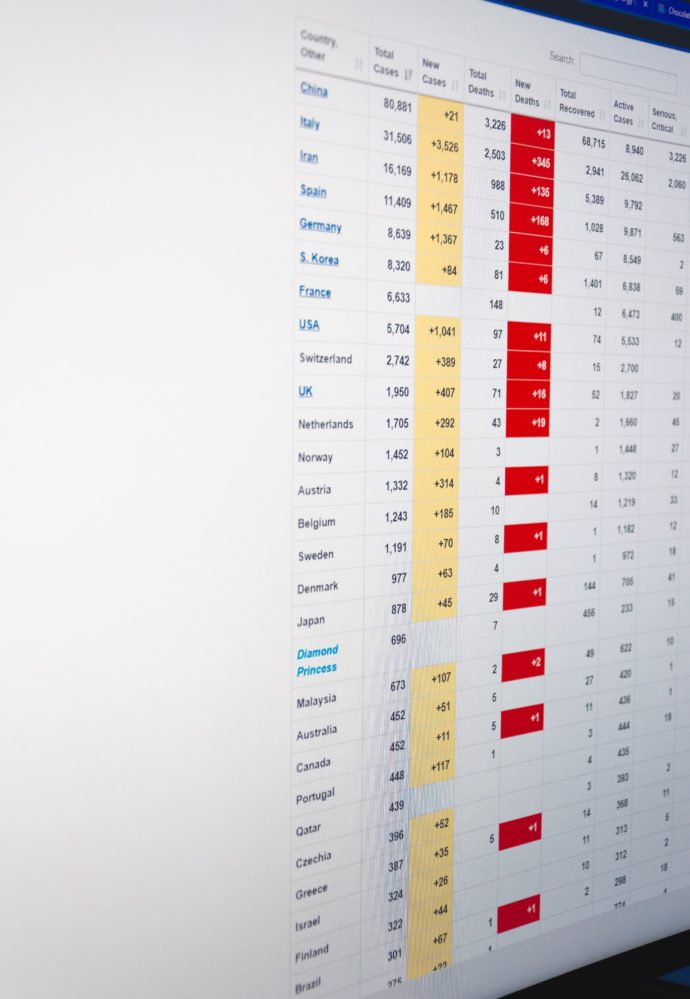Tuesday Tidbits

The FEHBlog noted in the latest Weekend Update that the President had allowed pharmaceutical manufacturers until August 24 to present alternative to the President’s plan to tie American drug pricing to foreign benchmarks via executive order. As of August 22, the President was waiting for such a proposal. and according to STAT News today —
The pharmaceutical industry is weighing two drug pricing policies that it could offer as a trade to President Trump, in exchange for his dropping a different proposal that drug makers detest, according to three drug industry lobbyists and a summary of the potential changes obtained by STAT.
In the meantime, the White House has not taken any action to implement this executive order.
On the COVID-19 front —
- The Boston Globe reports that “An international meeting of Biogen leaders at a Boston hotel in February led to roughly 20,000 cases of COVID-19 in four Massachusetts counties by early May, far more than the 99 previously identified, according to three scientists involved in a new study.” Wow. That was a super spreader event for sure.
- STAT News discusses “four scenarios on how we might develop immunity to Covid-19.” Interesting read.
Also other news from New England, Healthcare Dive informs us that
Google is investing $100 million in “Amwell, one of the biggest telehealth companies in the country, in a concurrent private placement with Amwell’s initial public offering, the two companies announced Monday. As part of the multiyear partnership, Amwell will become Google Cloud’s preferred telehealth platform and Amwell will migrate its video capabilities over to Google Cloud.”
Amwell is headquartered in Boston, Massachusetts.
Via AHRQ.gov, the FEHBlog ran across this recent study of “National Inpatient Hospital Costs: The Most Expensive Conditions by Payer, 2017.” Here are the highlights:
In 2017, aggregate hospital costs for 35.8 million hospital stays totaled $434.2 billion.
The five most expensive inpatient conditions were septicemia, osteoarthritis, liveborn (newborn) infants, acute myocardial infarction, and heart failure. The 20 most expensive conditions accounted for slightly less than half of aggregate hospital costs.
The share of aggregate inpatient hospital costs by primary expected payer was 66 percent for Medicare and Medicaid combined, 27 percent for private insurance, and 3 percent for self-pay/no charge stays.
Septicemia ranked among the three most costly conditions in the hospital for all four expected payer groups
Conditions related to pregnancy and childbirth accounted for 4 of the top 20 most expensive conditions expected to be paid by Medicaid.
Medicaid was the only expected payer for which 3 of the top 20 most expensive conditions were related to mental and substance use disorders.
Finally, yesterday, the U.S. Supreme Court allocated oral argument time in Texas v. California case (No. 19-840) which raises the constitutionality of the Affordable Care Act for the third time before the Court.
The motions of the Solicitor General for divided argument and of the U.S. House of Representatives for enlargement of time for oral argument and for divided argument are granted, and the time is allotted as follows: 30 minutes for California, et al., 10 minutes for the U.S. House of Representatives, 20 minutes for the Solicitor General, and 20 minutes for Texas, et al. The motion of Ohio and Montana for leave to participate in oral argument as amici curiae, for enlargement of time for oral argument, and for divided argument is denied.








